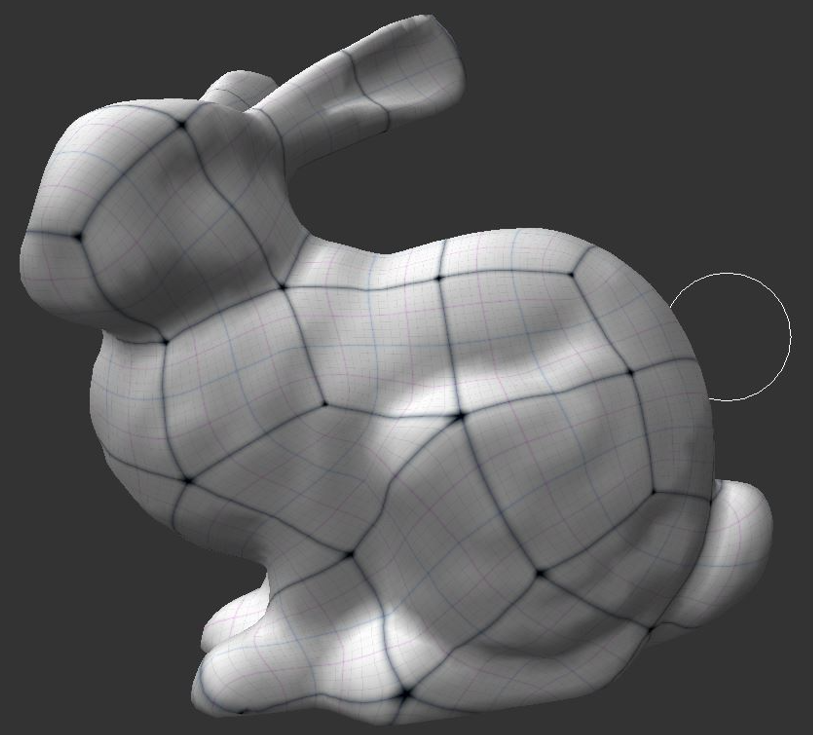Say you want to model a human head. Today you have a few options you could model the head with Nurbs or SubD which would be very inefficient for real time gaming and has some other modelling disadvantages, you could model the head with quads which also has some modelling disadvantages but is a lot quicker to render in real time or you could do what a lot of developers do and model it in triangles which once your talking enough triangles transformation and texture effects can look quite ok.
There is another way to model a head though. You could use two similar triangular models of your head and make one slightly bigger and one slightly smaller. Then you could render points between these two models. If you simply render the points half way between the two models you will get a new more advanced model but it won't be a truly curved model. In order to render a curved model from these 2 models you have to change the between point from 50% to 51% say relative to the furthest distance between the models back to 50% at the shortest distance. This will give you a curved model but you might want to tweak the ratio shifting to improve the output model.
Quite frankly this may or may not be that useful today in a world of high triangle counts and strong rendering of objects with unlimited triangle counts by reducing rendering of each frame. It certainly might help with reducing 3D data size for more curved objects. I wish I had discovered this technique 15 years ago when more curved looking models would have been more impressive.





